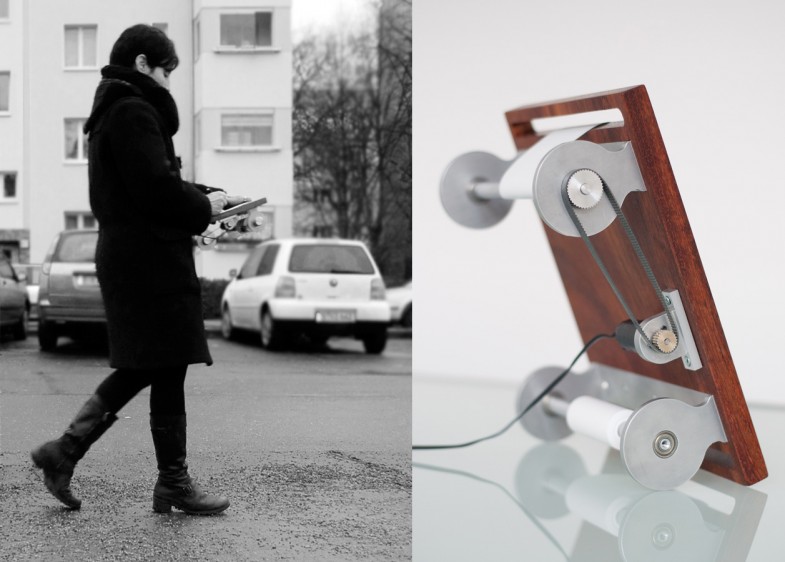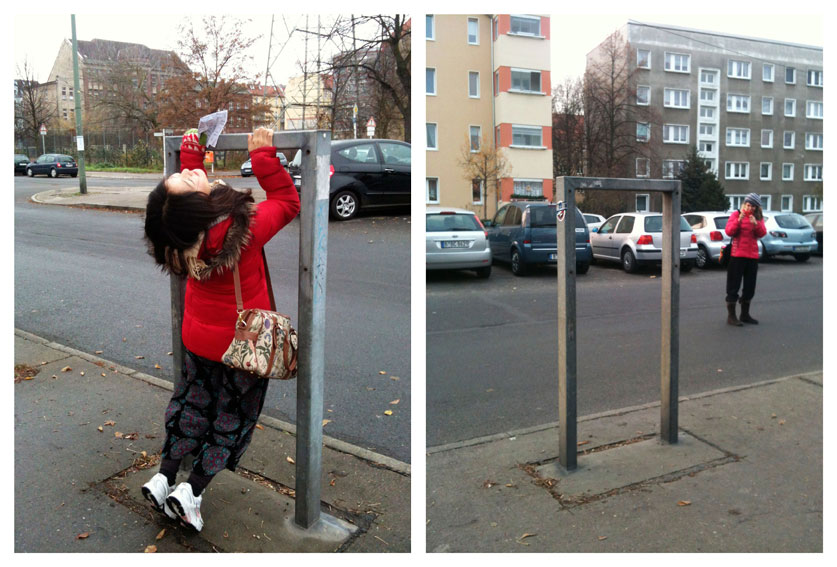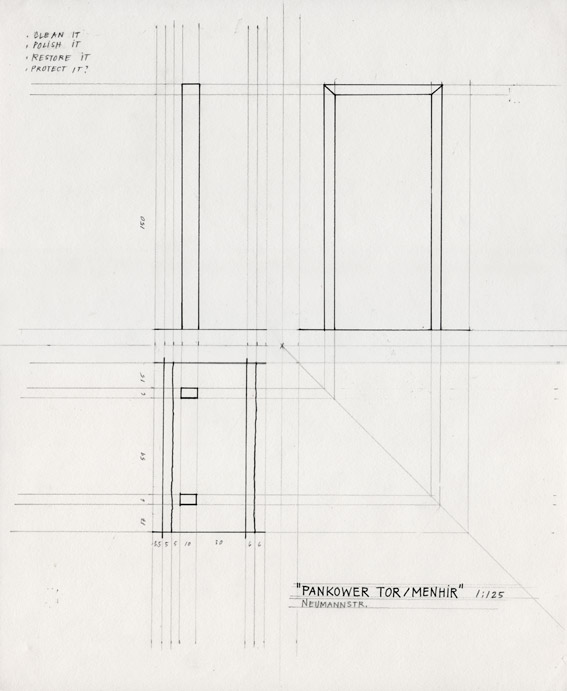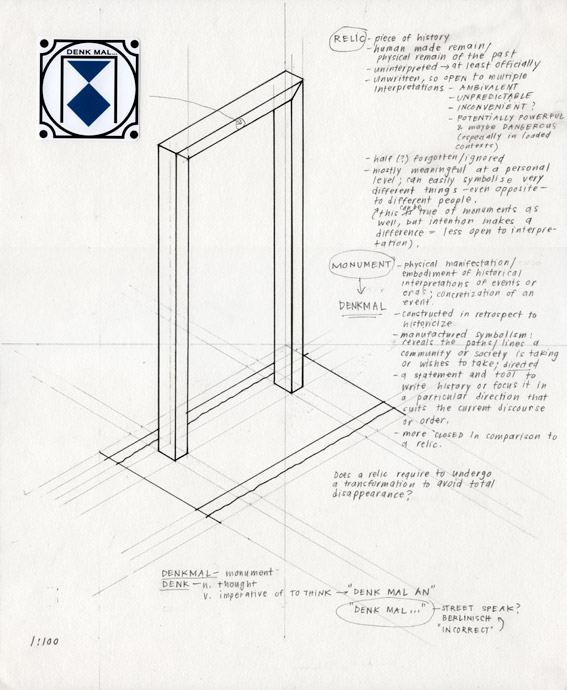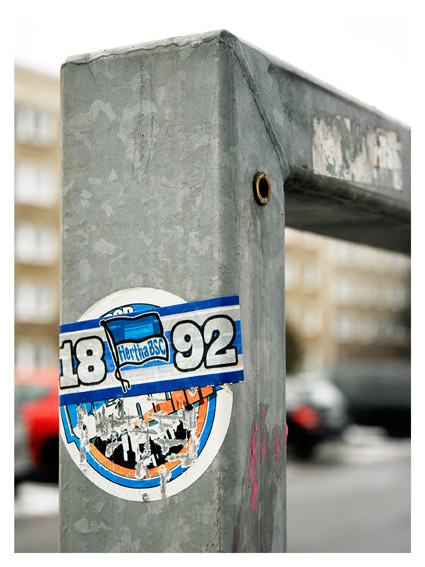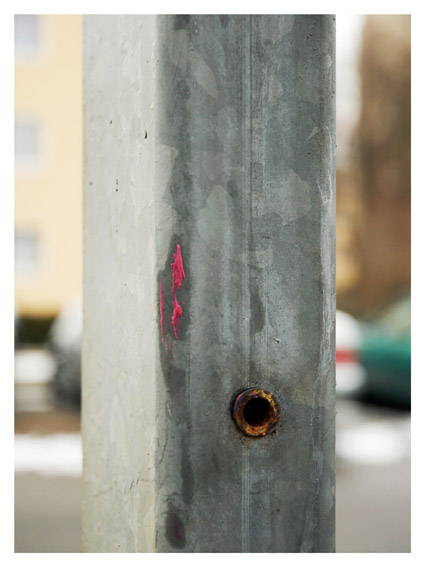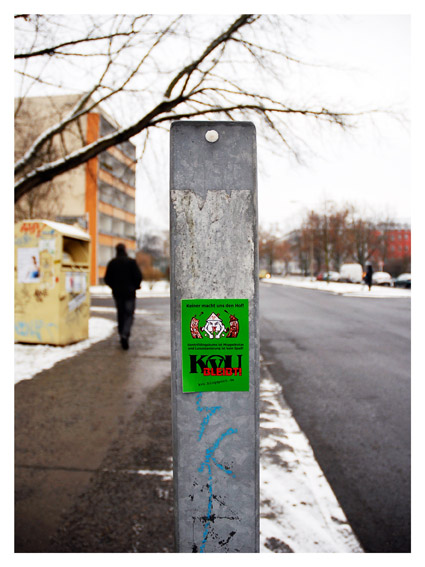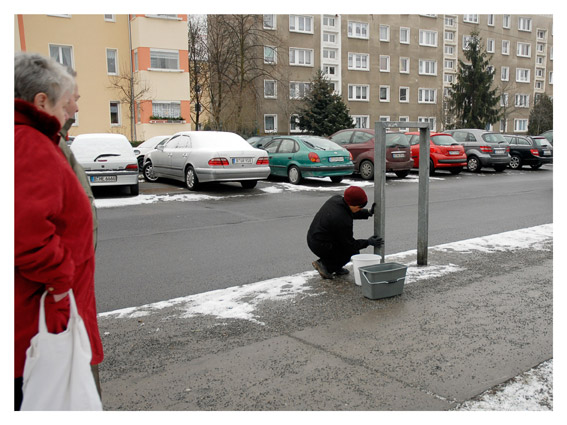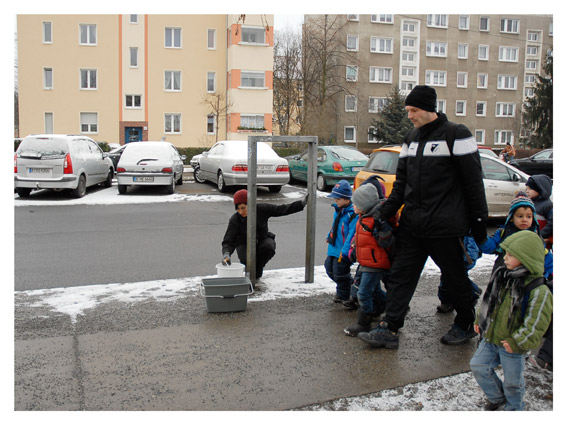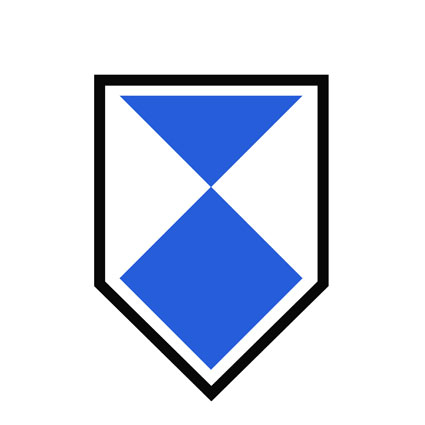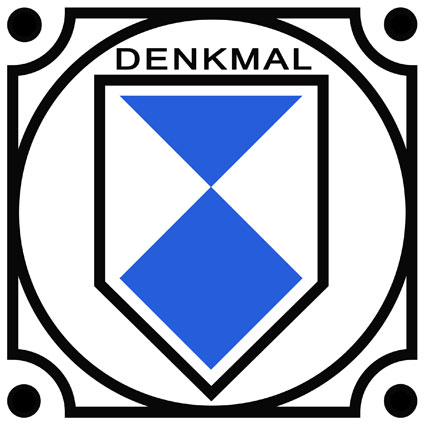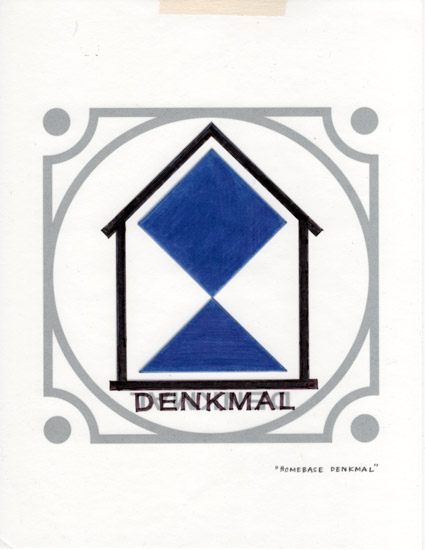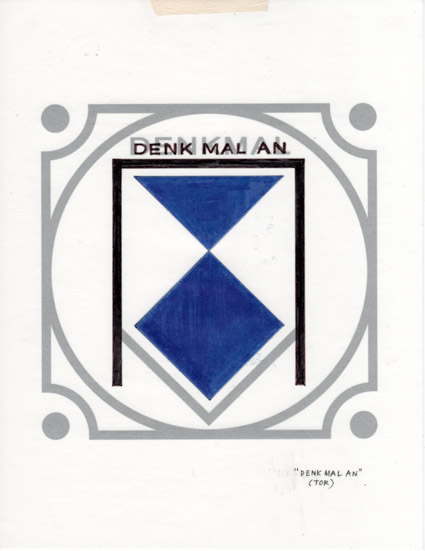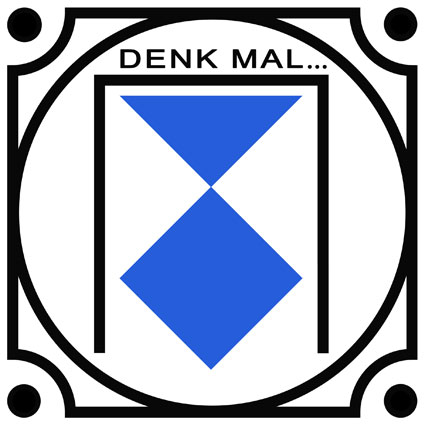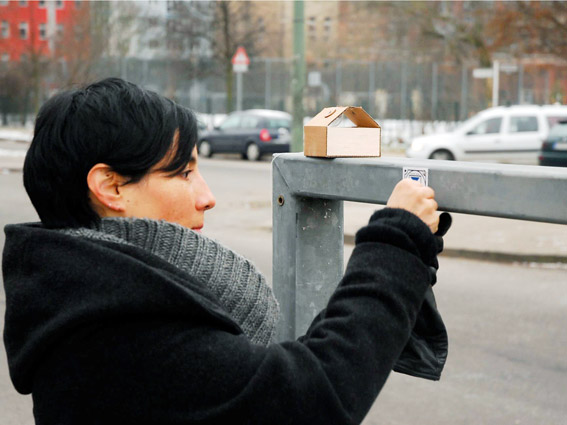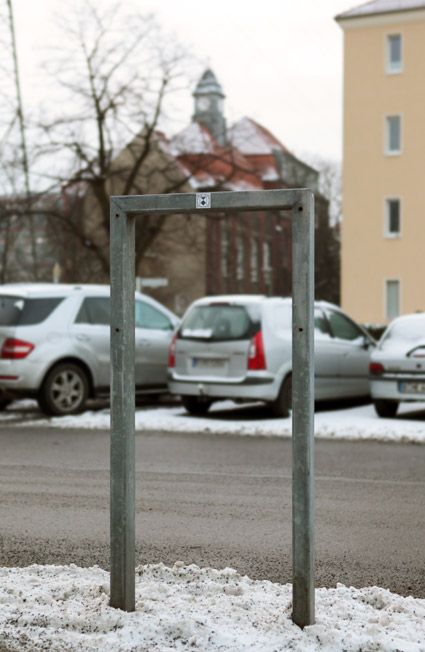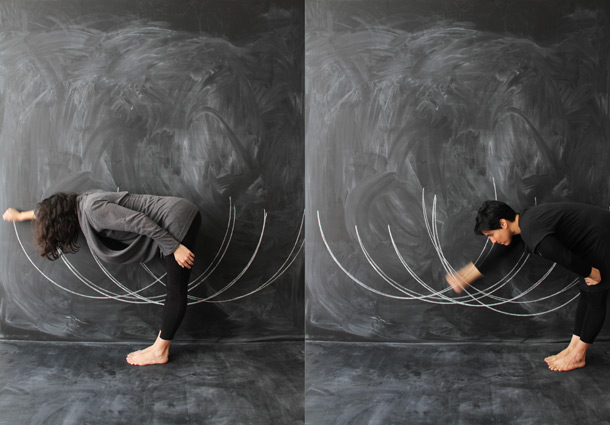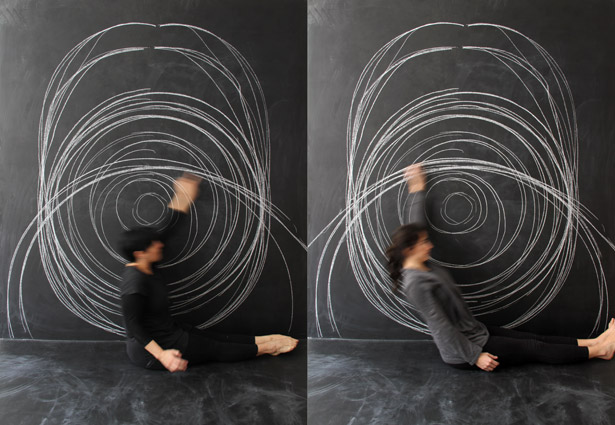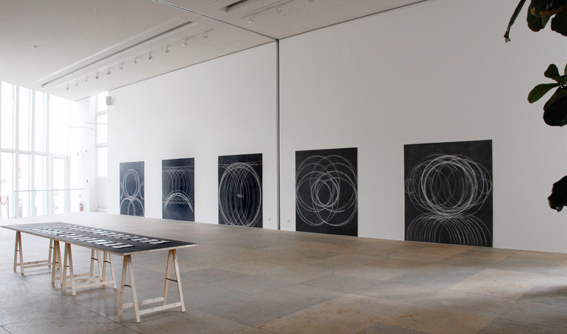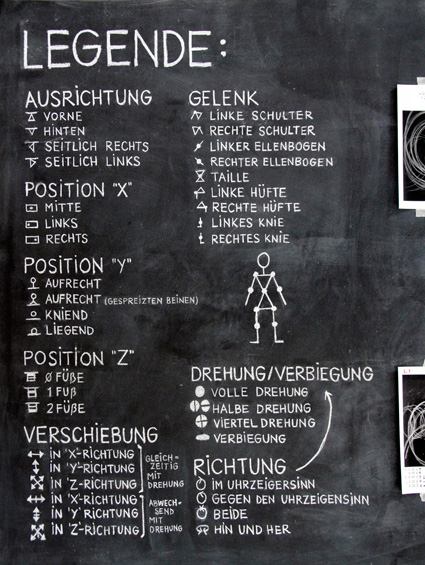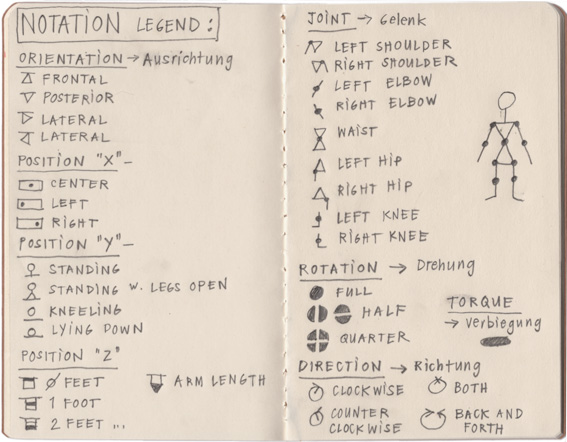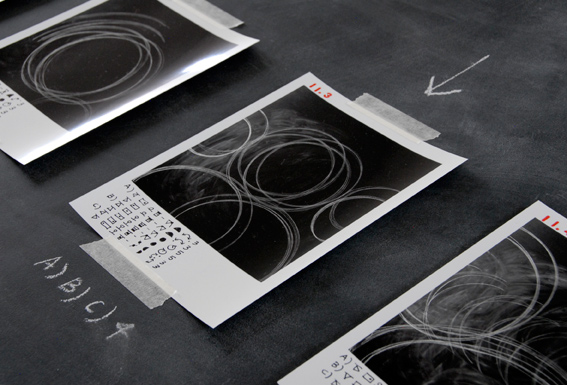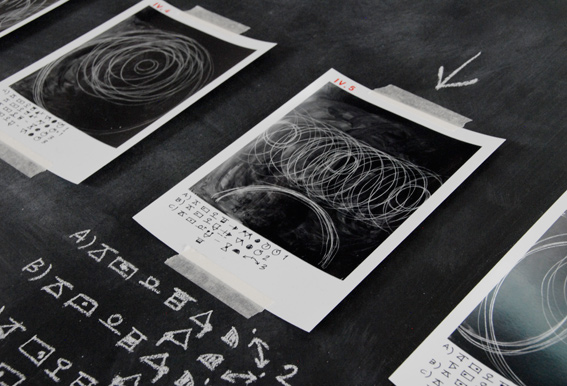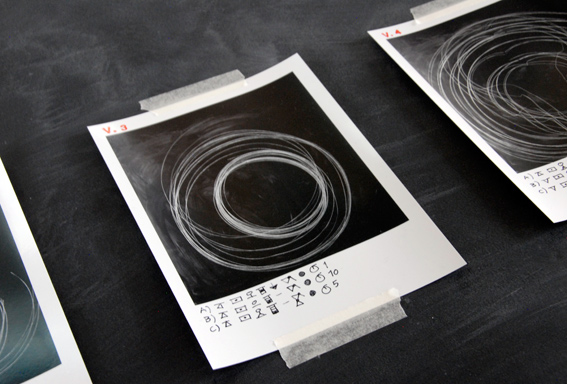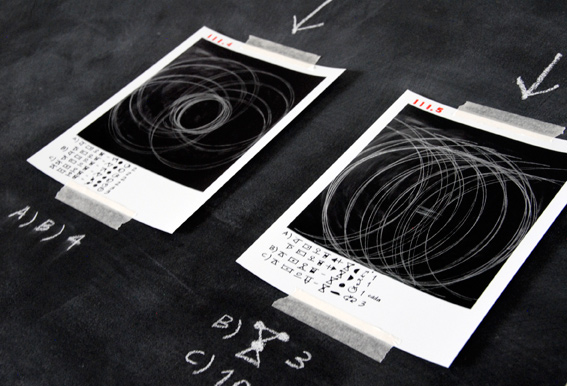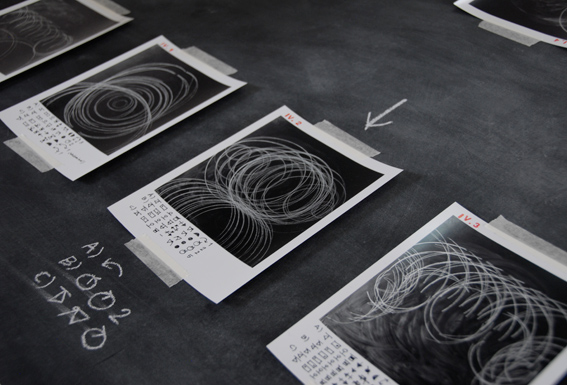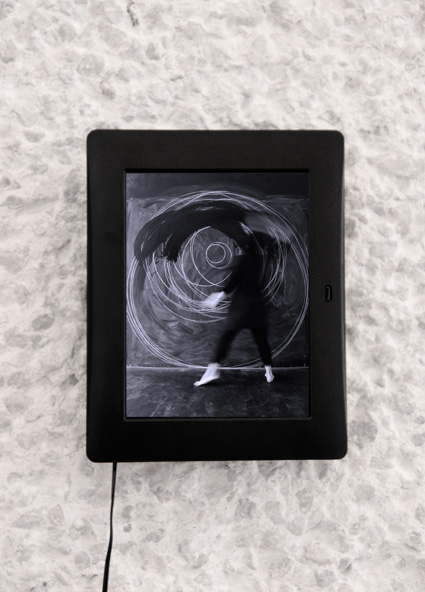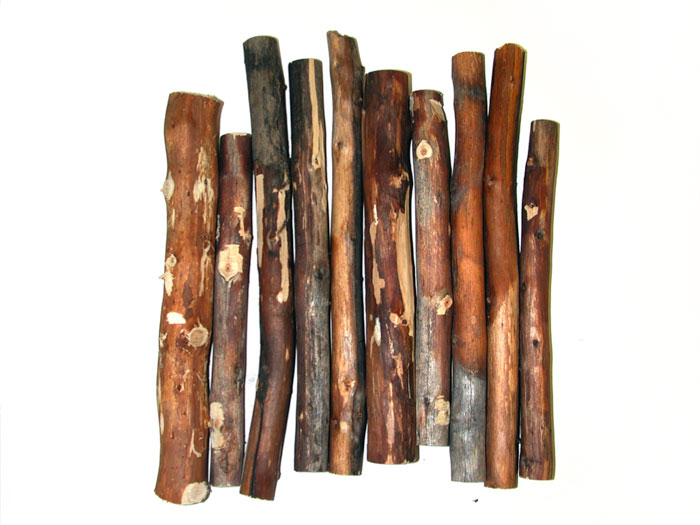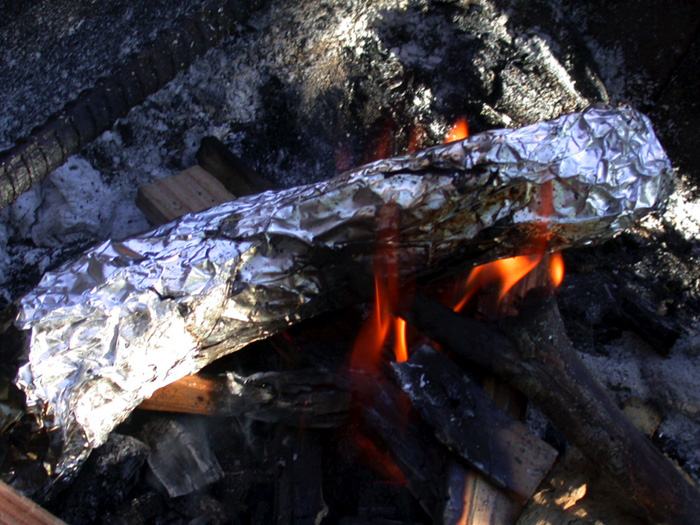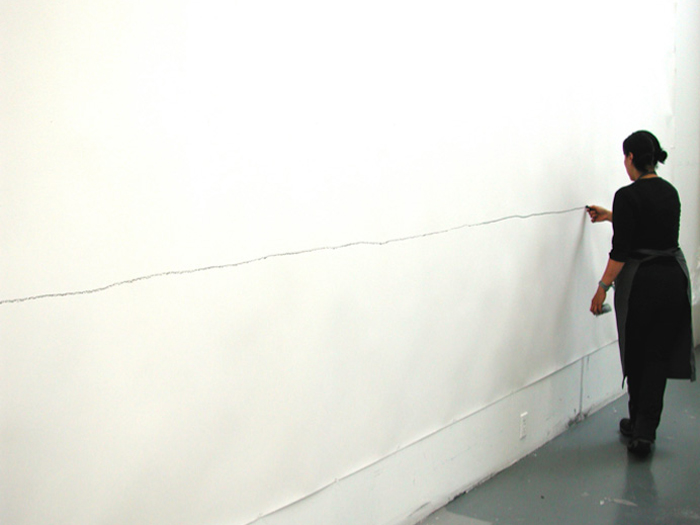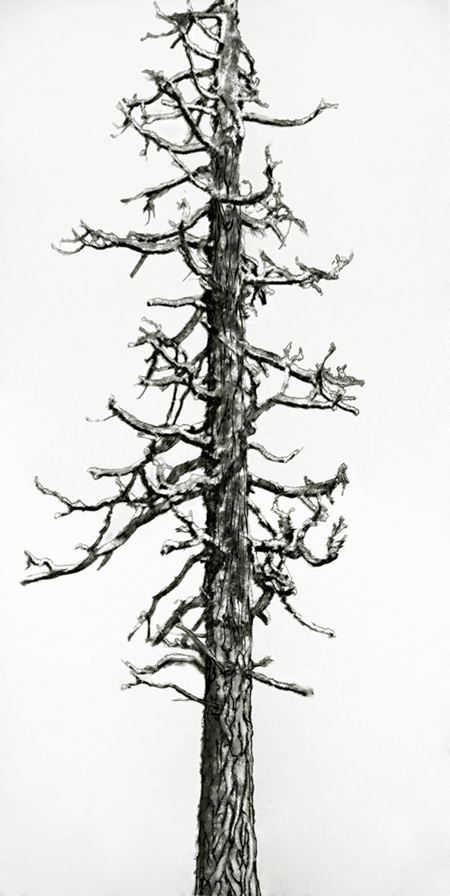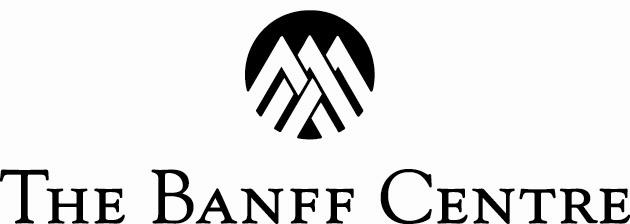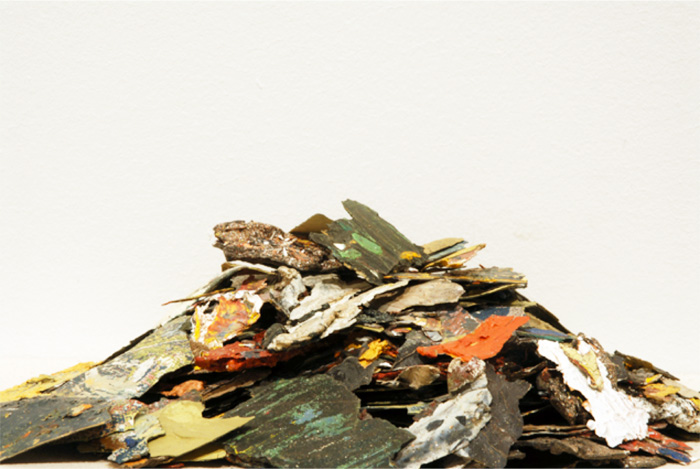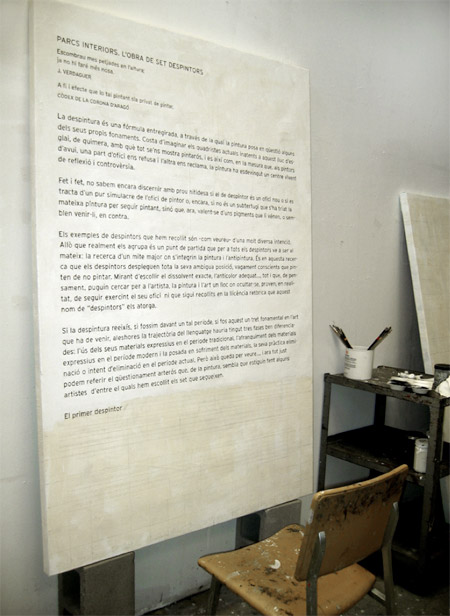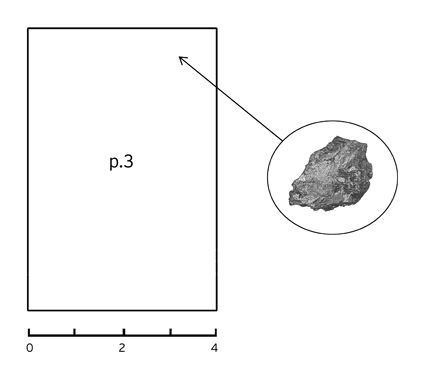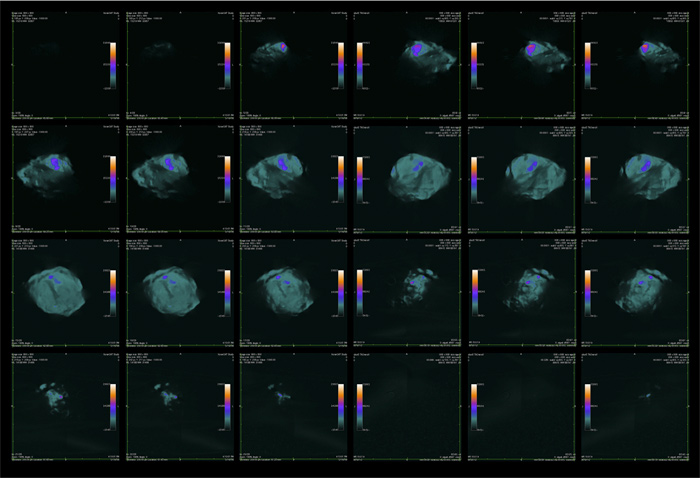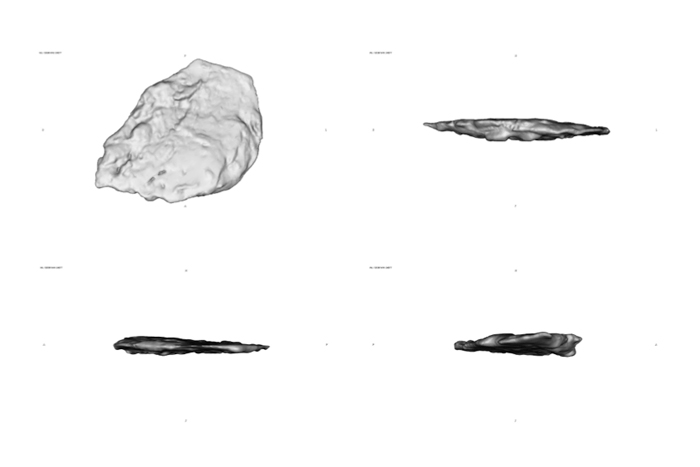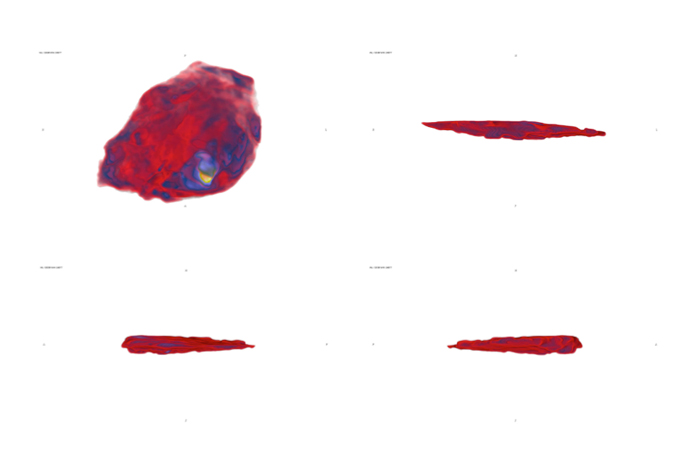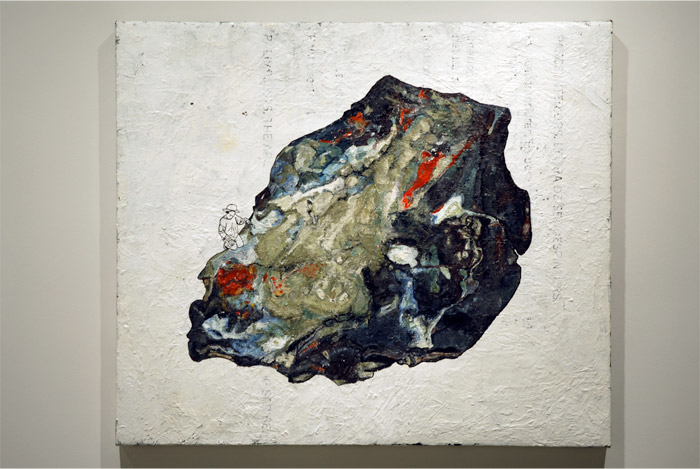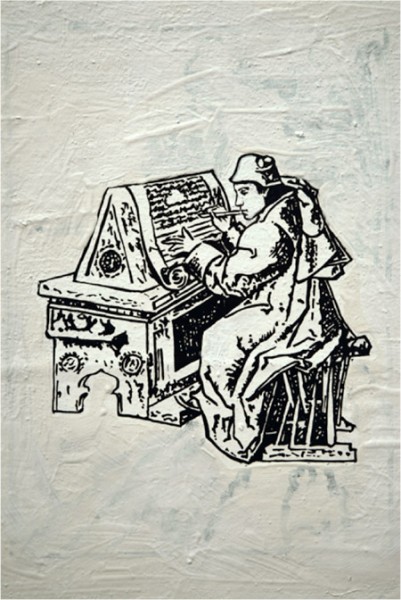DEERWALK
(O Regreso Daquele Que Sempre Aquí Esteve)
On the road to Vila Nova de Cerveira, the “land of deer” in northern Portugal, I spotted one of those ‘deer crossing’ road signs. I asked if there were many deer in the area. The reply: hunted to extinction. So story (very, very) abridged, I embarked on a mission to draw the original settler back from exile by way of a 4+km outline of a royal stag over the whole town. After months of walking around the area to gauge the territory (this was in 2003, before Google had mapped the area and before handheld GPS devices were easily available), I realized that the combination of old and modern streets would provide me with all the lines I needed – and much, much more. The drawing itself was described by an unannounced and nocturnal “deerwalk” two years later during the rutting season, for which I wore specially handcrafted ‘hooves’ inspired by traditional Portuguese farmer clogs that stamped a golden ‘deer track’ at every step. The trek was mapped out to start and end at the same spot (i.e. in front of the entrance to the castle, between the two antlers) and was mostly documented by curious passersby.

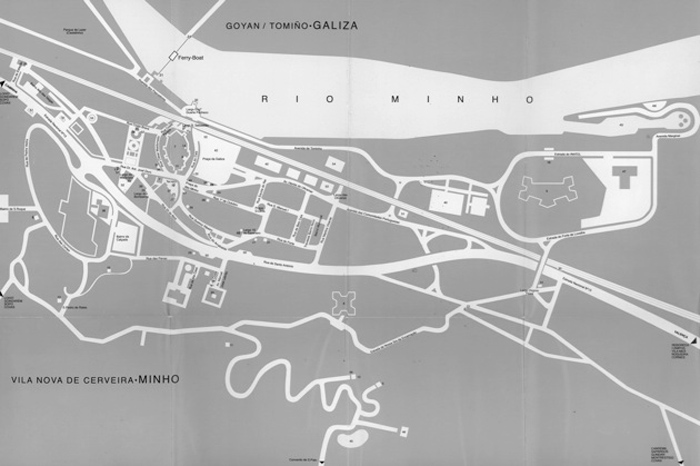

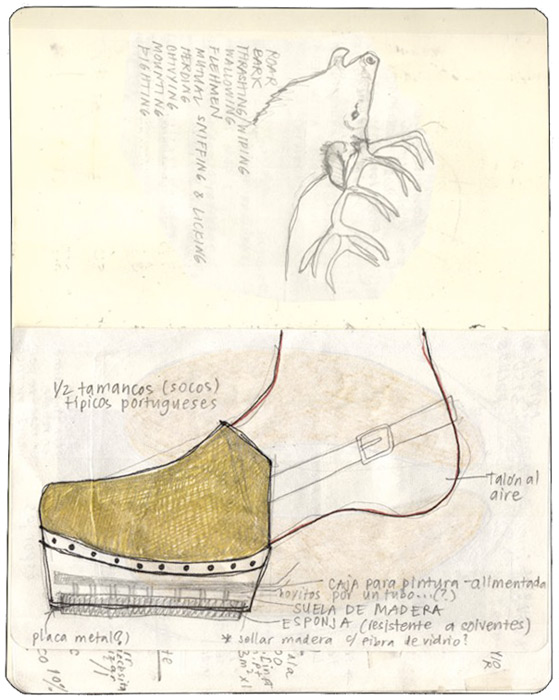
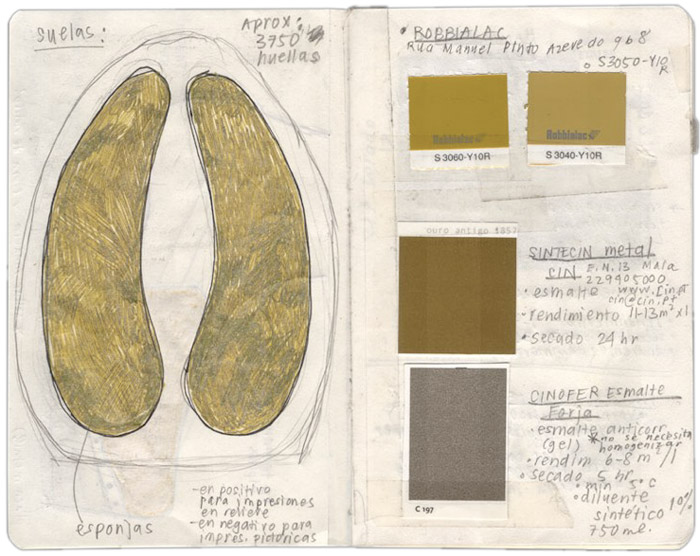

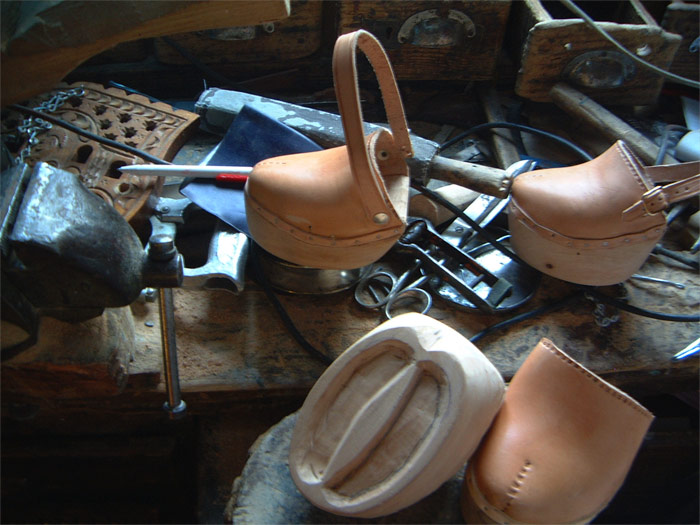
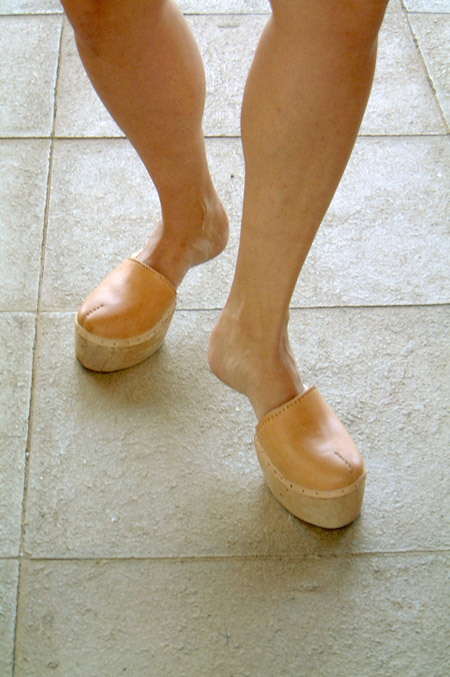
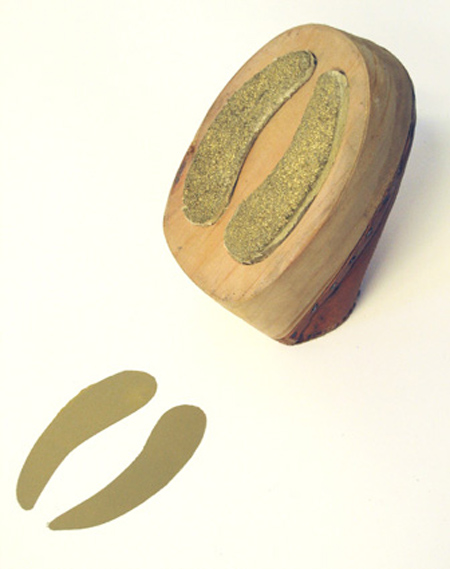
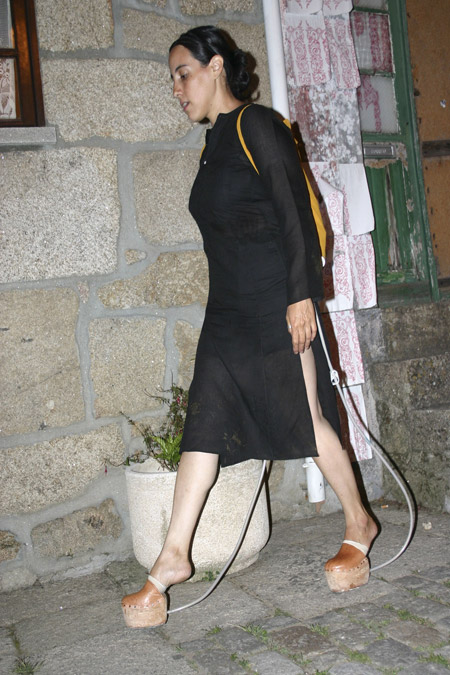




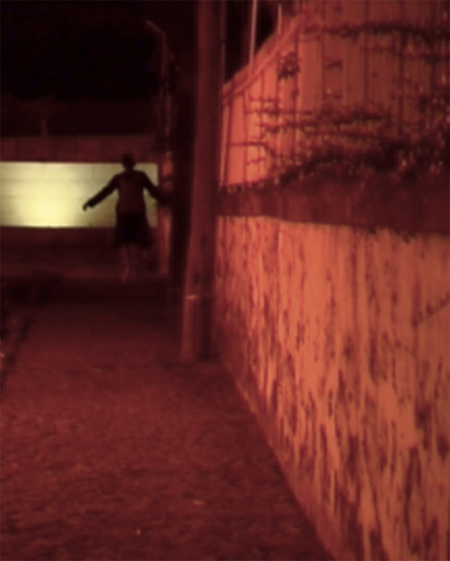

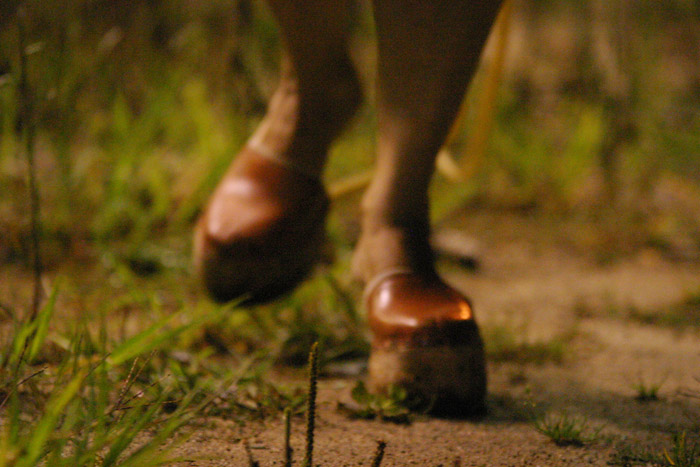
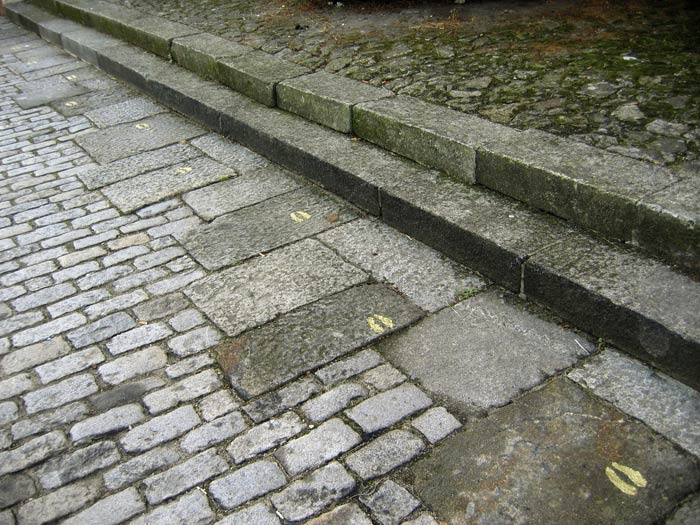

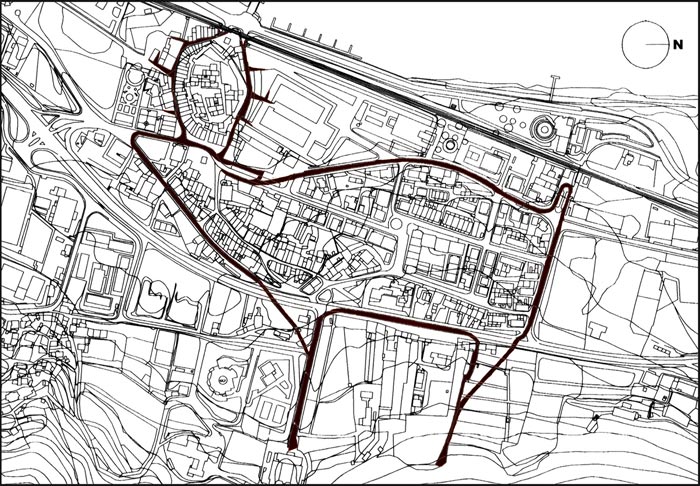

The castle is protected by the antlers of the deer.

The town square is the brain of the deer.

The church is the eye of the deer (looking into the library).

The fountainous garden is the nose of the deer.
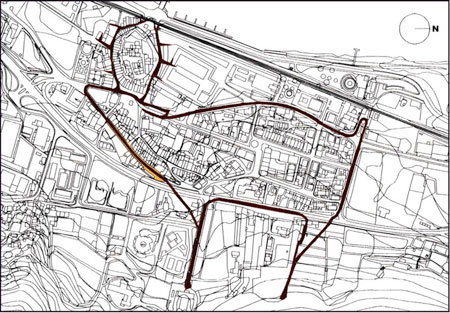
The portuguese revolution is the heart of the deer.

The town’s founding father is the (douglas-fir-filled) stomach of the deer.

The art museum was the breakfast of the deer.

The school of art and architecture was the lunch of the deer.

The seat of the local government is the dinner of the deer.

And the hospital is where everybody assumed the deer would end up with badly injured hooves (but didn’t).
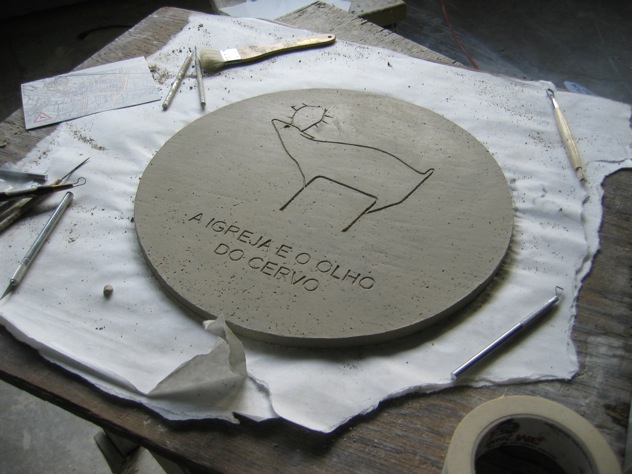
(This is the design I’m proposing for the (stone) markers that the local government has been intending to install to signal the anatomical bits of the deerscape.)
***
With support from the UNESCO, Bienal de Cerveira, Cámara Municipal de Vila Nova de Cerveira, University of California, and Fondo Nacional para la Cultura y las Artes (FONCA).
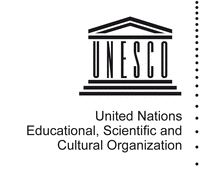

![]()
Photos: Ricardo Abreu, Kiko Silva, Mariana Bacelar, Teresa Lameira, Ilya Noé
Special thanks: Catarina Viana, Jorge Silva, Kiko Silva, Henrique Silva.

